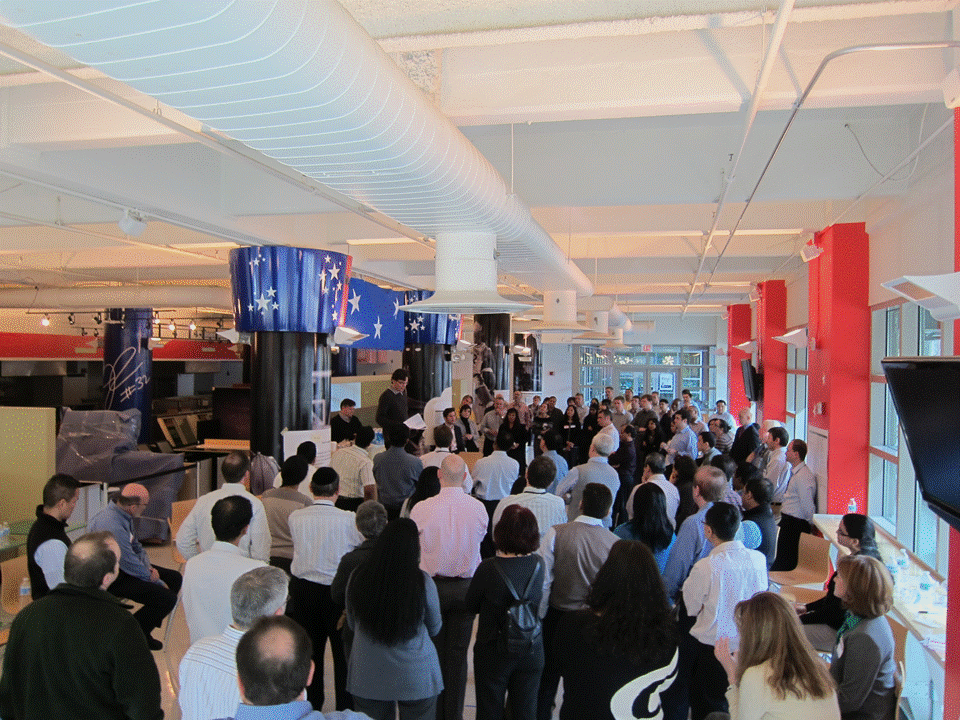On "Product Teams" and "Feature Teams"
(by Bas Vodde and Craig Larman)
(by Bas Vodde and Craig Larman)
(translation by Aki Enomoto)
(by Ahmad Fahmy and Craig Larman. Originally published at Scrumalliance.org in 2013)

How long does it take to reorganize to adopt Scrum in an organization? Three hours ;) …
This was my very first time in New York. The 16 hours flight from Singapore didn’t make the conference experience less exciting. I was expecting to see some skyscrapers, however, got something looking like Amsterdam, hmmm. It’s nice that the LeSS conference got to keep its style as always. This keeps my hopes up for the next year LeSS conference in Munich.
Over a month ago, we had the third LeSS Conference in New York. Also this year, we made it into a Team-Based Conference. For more information on that, better read the description of team-based conference from the previous conference.